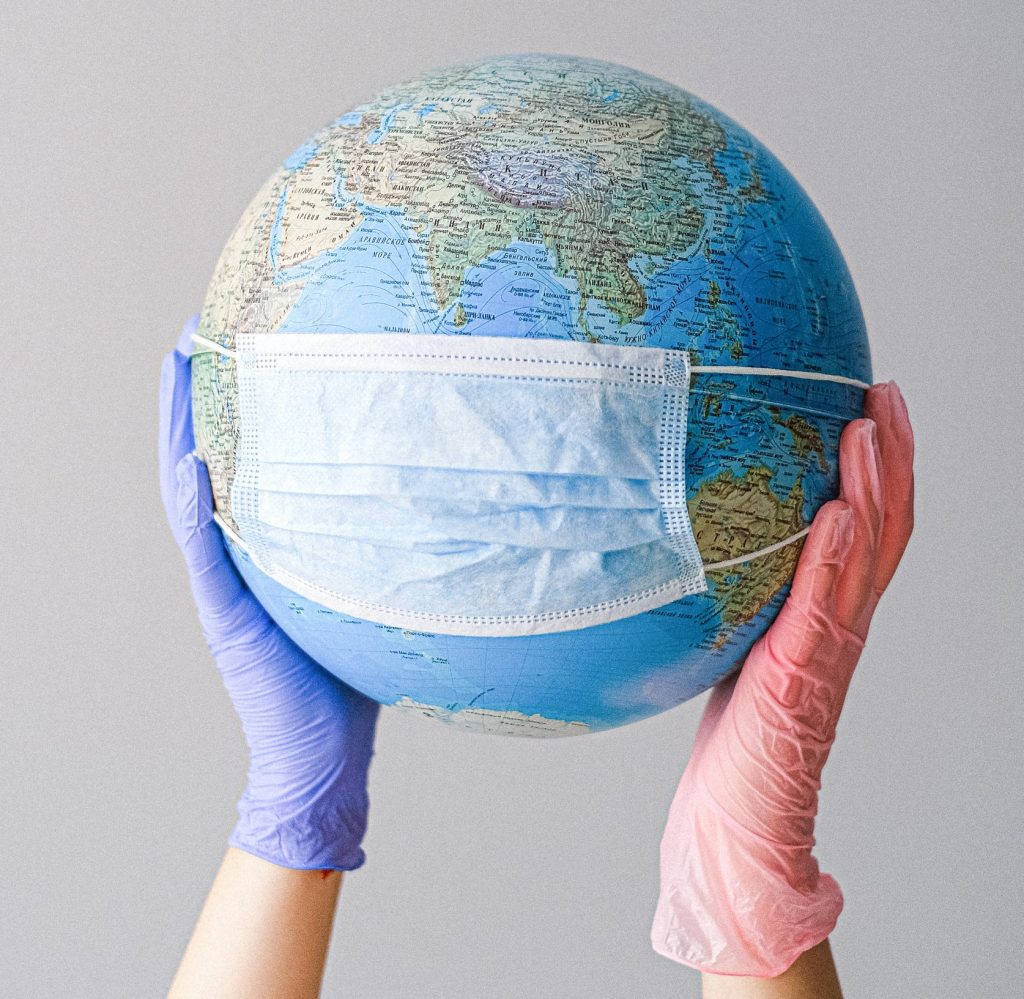Over the last couple of months, a lot has changed as the spread of COVID-19 hiked across borders. Some of the countries managed to contain the fast-spreading virus and turn around the contagion curve, others experienced rapid hikes in the number of cases that has forced a number of measures. For the first time, the world seemed to be immobile and aviation suffered.
We saw borders across the world being temporarily shut, flights were suspended, airlines axed the vast majority of their global capacity, people halting travel throughout every corner of the world. The U.S banned passengers from Europe, the Schengen area suspended internal flights and closed its borders to non-EU nationals, airlines cut huge percentage in capacity until further notice.

As COVID-19 spread across the globe, aviation continues to be one of the hardest-hit industries
People with legitimate reasons still need air travel to be their mode of efficient transportation from one place to the other. As COVID-19 spread across the globe, aviation continues to be one of the hardest-hit industries.
But is it safe to fly right now?
As we all know, full airport means lots of lines and crowds. If you’re chartering a private plane, you can avoid the uncertainties of navigating large airport terminals and sharing space with total strangers. Not everyone is using the same precautions as we are, but we might be able to reasonably manage risk of exposure to others, to control spacing while waiting at the airport or during the boarding process.
An aviation industry that was more-or-less flourishing couple months ago is now in the fight of its life. Aircrafts are empty, flights are cancelled and airports are ghost towns. Over the past few months, airlines have taken a number of different measures to do their part to curb the spread of COVID-19. From mandatory face protecting masks onboard, blocked middle seats to reduced food and beverage services.
And what about air on board?
Airplanes themselves can filter air quickly and effectively. HEPA (High Efficiency Particulate Air) filters ensure that the air supply is pure. Similar technology that filters air is used in hospitals and is capable of blocking 99,7% of airborne microbes. Aircraft air is also replaced at a rapid rate and cabin air is completely changed every three minutes, on average, while the aircraft is cruising.
Another great precautionary measure is face protecting mask. No matter the mask you own, air travel is the time to use your best protecting face cover that is fitted correctly, and not removed for the duration of your flight.
Bringing your own wipes won’t harm anybody. Make sure to wipe down your tray tables, armrests, headrests and all that sort of stuff. Do not forget to wash your hands often or use an alcohol-based sanitizer, avoid touching your eyes, nose and mouth.
Whether or not to fly remains an individual choice, let’s just hope the aviation once again shines for its capacity for recovery and sooner than later airports are filled up, planes take off and land and those who make the magic of flight back doing what they love. Last few months have been tough, especially for the vast majority of the world’s economies at the same time, but it certainly won’t last forever. Sooner or later, the magic of flight will be there for us to chase our dreams again. And for that we’ll always need flying.


